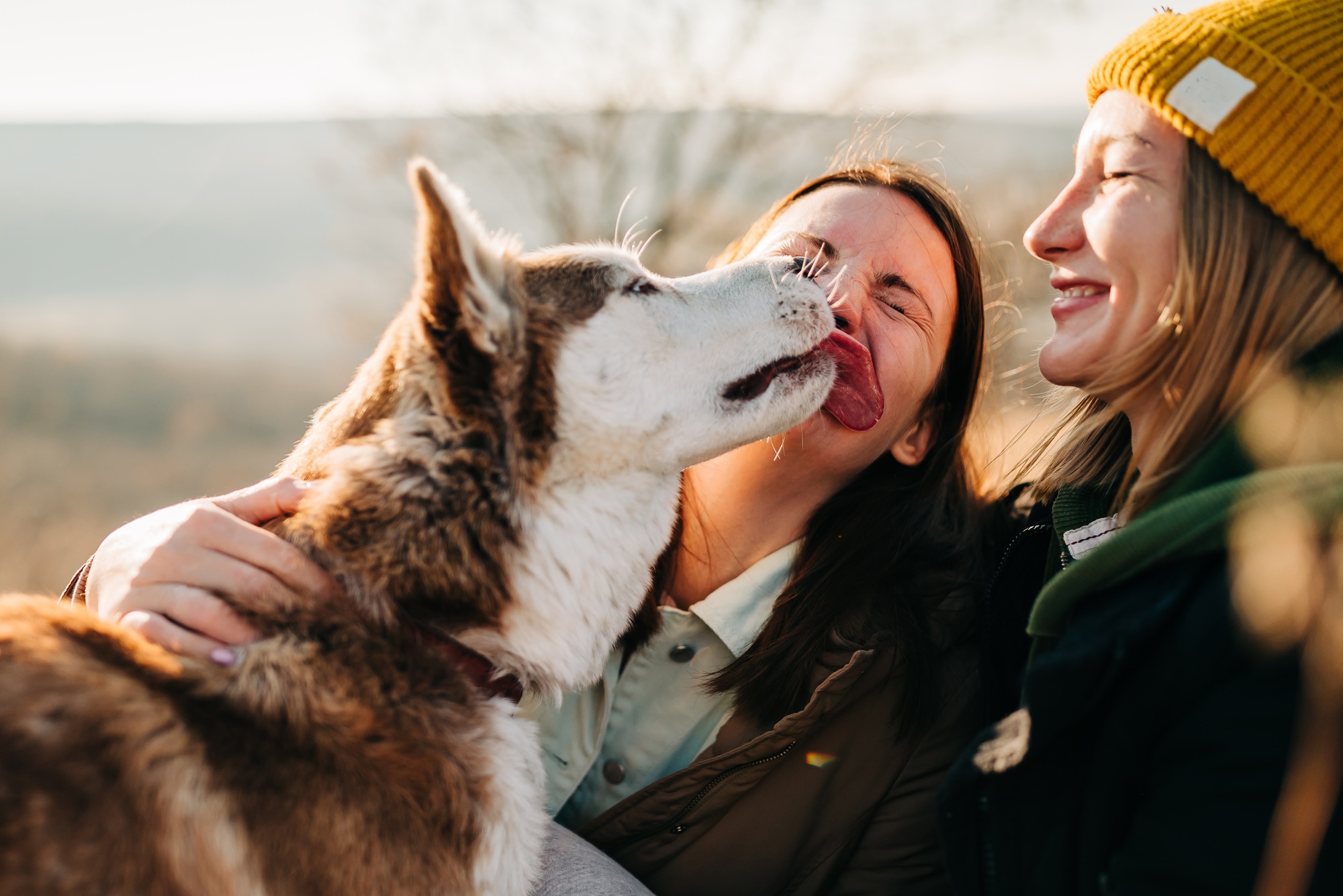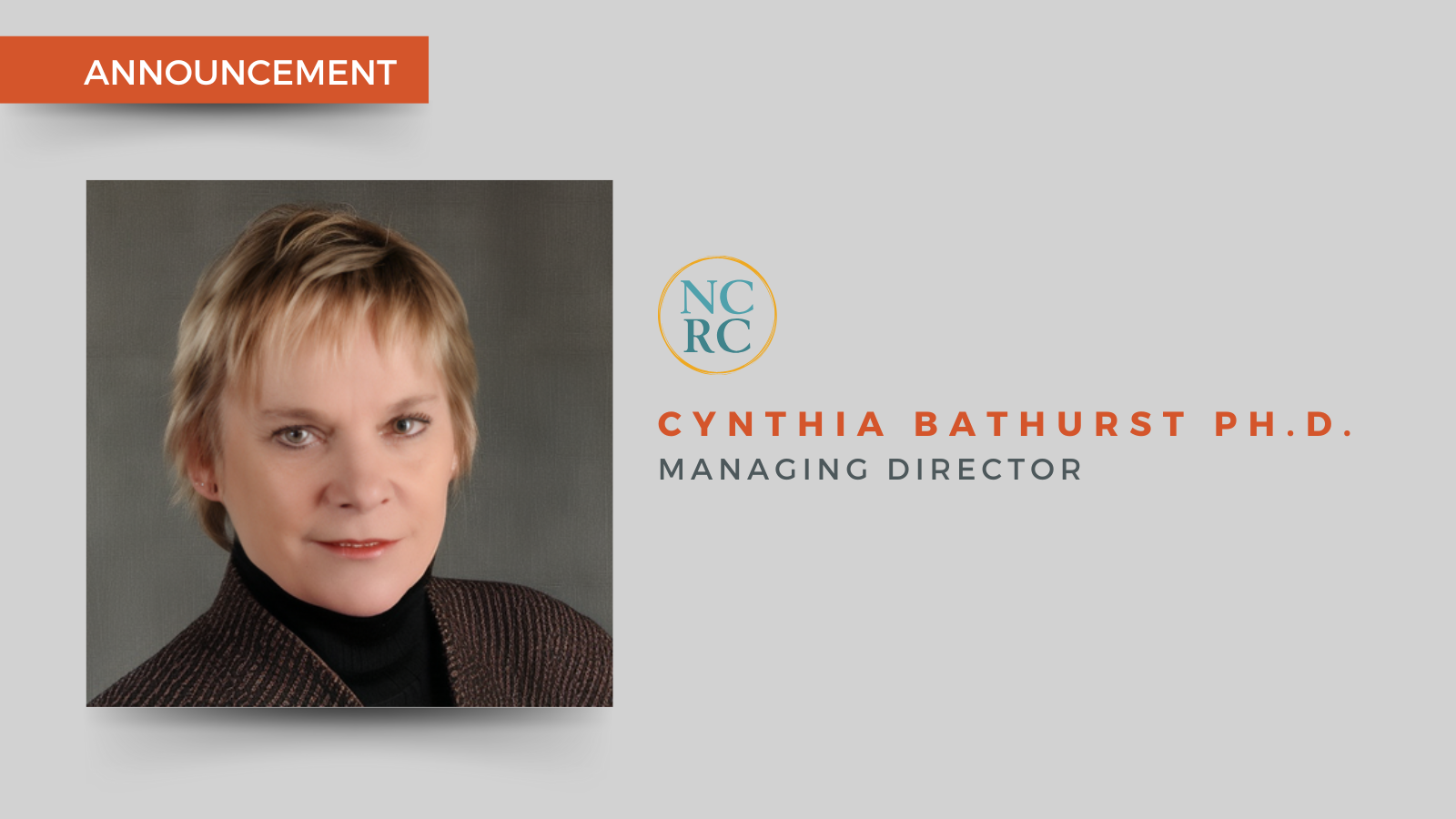In an October 2011 essay in The New York Times, Kelly Oliver, W. Alton Jones Professor of Philosophy at Vanderbilt University, observed that, “love and emotional dependence – most especially the love of animals – are still seen as too feminine, too lightweight, to be serious philosophical issues.”
“Loving animals as friends and family is seen as quirky at best and at worst, crazy,” Professor Oliver wrote.[i]
Whatever our contemporary cultural bias, there is archeological evidence that thousands of years ago, human beings regarded some canids (dogs?) as beings possessing essential qualities similar to those they had recognized in themselves. To these peoples, humans were not the only sentient, emotional and social creatures in creation. Some animals were also “persons,” in the sense that we moderns might use the term, and were interacted with as such.
And it is as “persons” that these canids were buried. A paper published late last year in the Journal of Anthropological Archeology, describes burial sites in the Lake Baikal region of central Russia that date as far back as 8000 years before the present.[ii] At a number of sites in the region, dogs, and even a wolf, were buried with “lavish care, often on a par with that given to the human dead.” In one grave, canid remains were found with those of human beings; though it is not likely that the canids were killed to be buried with the human beings. These were separate interments at different times. At another site, dogs were buried in their own individual sites, complete with the same kinds of materials, such as spoons and pendants, as are found in the graves of human beings.
The most interesting find is the remains of a dog buried in Shamanka, at the southwest corner of Lake Baikal. The indications are that this dog was middle aged, and may have been used as a beast of burden; but also that he/she ate a diet similar to that of its human companions. The scientists believe that the dog must have lived in close contact with humans, sharing food and assisting in tasks. In death, the humans accorded the dog the same honors that they accorded themselves. They buried the dog in the same manner that they buried each other.
Neolithic peoples in the northern hemisphere related to some canids differently than we do today –differently than critics of pet-keeping argue that we should relate to them. This may have been a function of a belief system that ascribed consciousness to a variety of other animals and even to natural forces, such as the wind and rain.
Whatever the source of their beliefs, they reflected awareness applicable in our own time. According to Charles Siebert, “Through close and repeated observations of different species in a variety of group settings and circumstances, scientists are finding that our own behavioral traits exist in varying degrees and dimensions among creatures across all the branches of life’s tree.”[iii]
The Neolithic natives of the Baikal region of Russia did not have to wait for The New York Times to know how to respect their canine companions. They had their own wisdom to guide them.
It is clear that humans and dogs have developed together for thousands of years. Discoveries such as those made near Lake Baikal remind us that the human-canine bond is unique, irreplaceable, and deserving of our diligent protection.
The complete journal article can be obtained through the University of Alberta website at: http://bap.arts.ualberta.ca/UserFiles/File/Losey_JAA_2011.pdf
[i] Oliver, Kelly. “Pet Lovers, Pathologized.” The New York Times, October 30, 2011.
[ii] Losey, R.J., et al. “Canids as persons: Early Neolithic dog and wolf burials, Cis-Baikal, Siberia.” J. Anthropol. Archaeol. (2011), doi:10.1016/j.jaa.2011.01.001
[iii] Siebert, Charles. “The Animal Self.” The New York Times, January 22, 2006.







